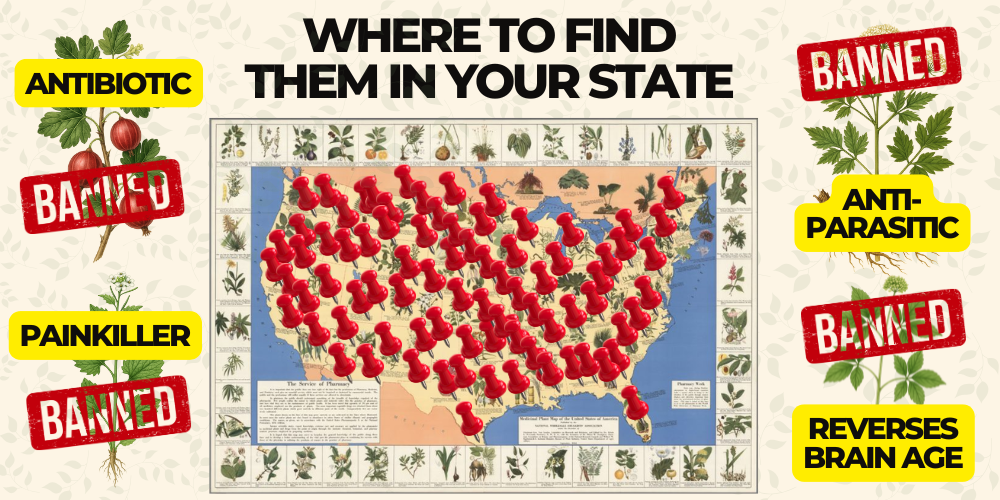
7 Banned YET Highly Medicinal Plants You’re Still Allowed to Harvest
These medicines have been pushed aside and ridiculed because they were too effective.
Can you imagine? Many early studies have shown they can rival or even outperform lab-made drugs… and this doesn’t sit well with Big Pharma.
The good news is that you can still get your hands on them… for now.
Here are some of the most widely-spread ones that could probably be growing in your area:
Gooseberry (Ribes spp.)
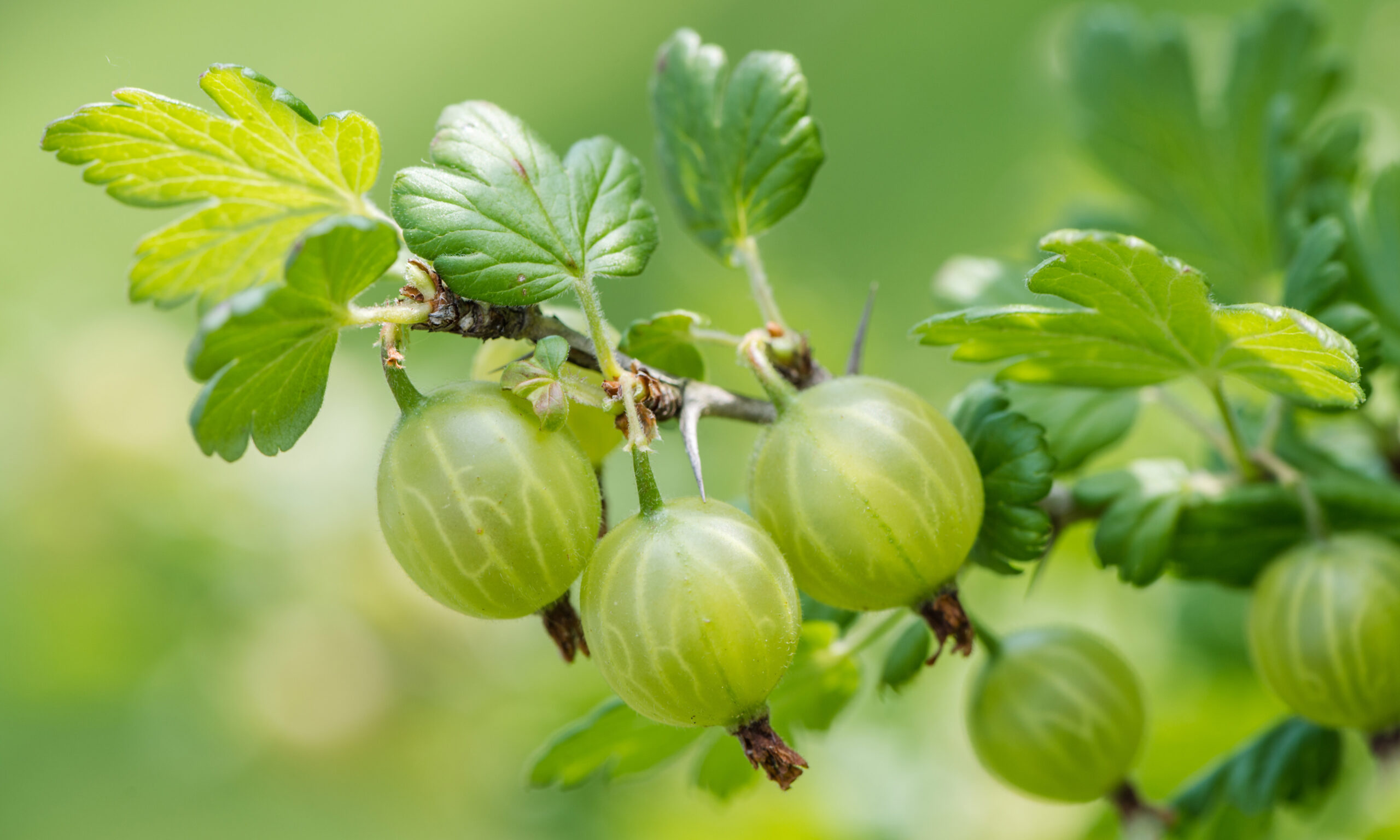
This was once federally banned in 1911 due to its role in spreading white pine blister rust, but the ban was lifted in 1966. However, some states, like Maine, still enforce restrictions or require permits for cultivation.
Gooseberry can sharpen your memory, clear brain fog, and all that gunk out of your lungs. It can also help fight fungus, parasites, and harmful bacteria. It’s even good for digestion, and it even strengthens hair roots to reduce hair loss.
Because it’s packed with antioxidants, gooseberry may also protect your body from cellular damage and even reduce the Big C risk. However, if you want a more powerful alternative that’s already been approved for treatment in other countries, here’s a tincture that oncologists don’t want you to know about.
Kava Kava
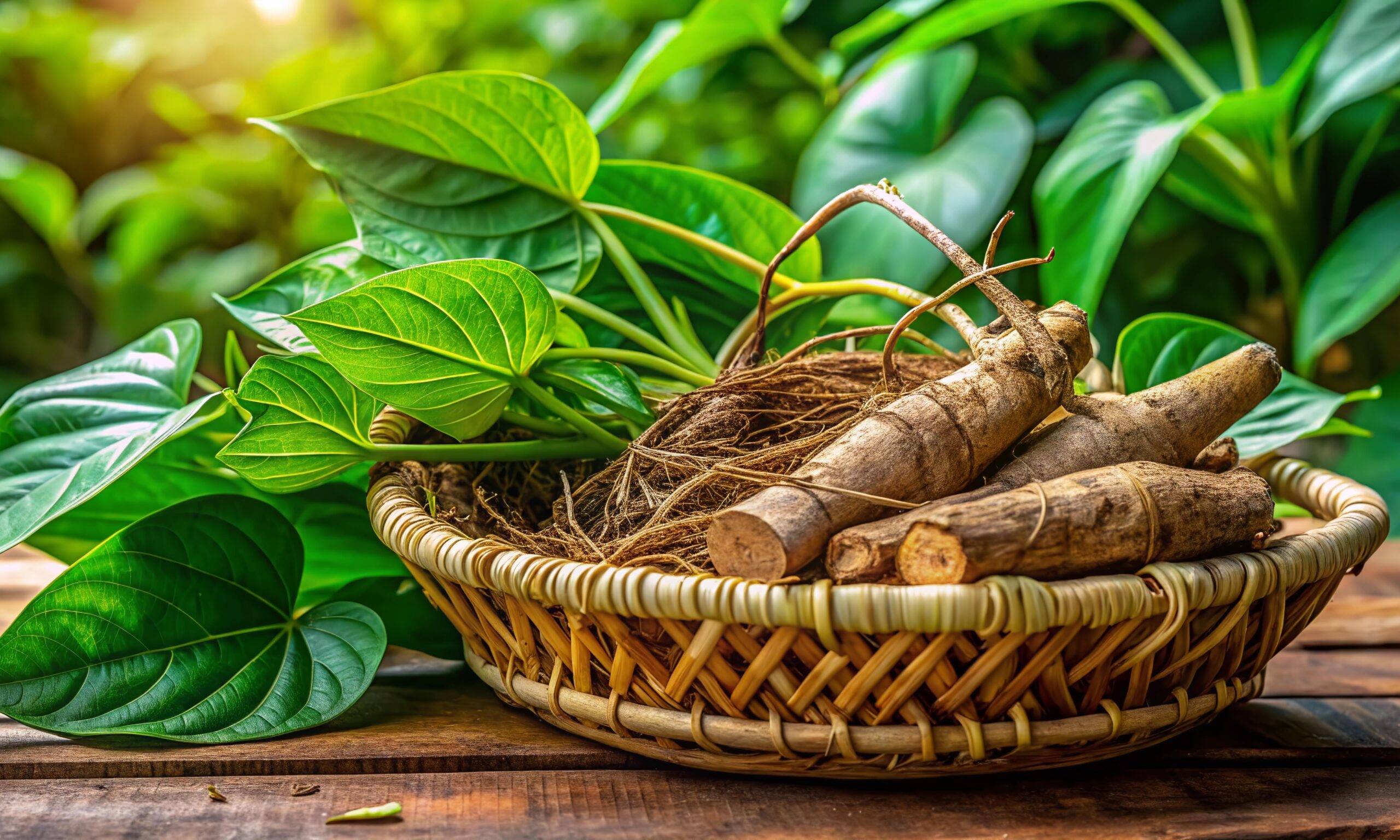
Kava Kava was banned in several countries and restricted in the U.S. because it threatened billion-dollar anxiety and sleep drug markets, despite centuries of safe traditional use. While concerns about liver toxicity were exaggerated, high-quality, root-only extracts are safe.
Kava helps calm your nervous system, reduces anxiety, and improves sleep without sedation. It supports brain health by relaxing tension, easing restlessness, and enhancing mood clarity. You get deeper sleep, sharper focus, and calmer nerves—all naturally. It also has antifungal, muscle-relaxing, and mild pain-relieving properties. If you’re constantly tense, wired, or exhausted, Kava can be the remedy you need. Learn how to make a powerful tincture from here.
Wild Comfrey (Cynoglossum virginianum)
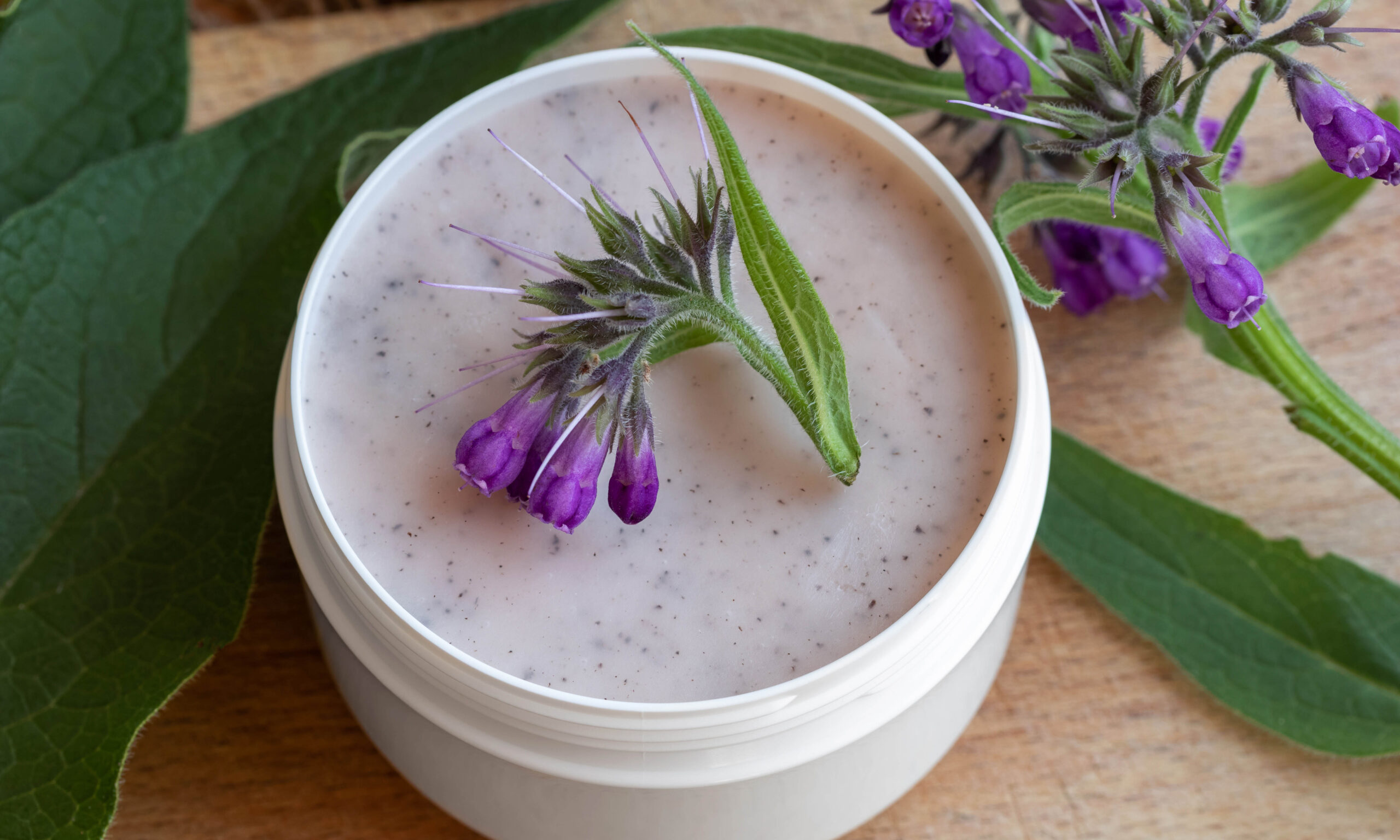
Wild comfrey was restricted in the U.S. and banned in some countries because of overblown concerns about internal use despite centuries of safe, external healing.
What you’re not being told is that, when you use it topically, it’s one of the most powerful natural remedies available. It helps you manage wounds faster, reduce swelling, and relieve joint, muscle, or back pain.
If you don’t want to go out of your way and try to harvest it, there’s a LEGAL option that’s already available for you that’s personally prepared by one of America’s most trusted herbalists. One of its key ingredients is cayenne pepper, which works by triggering a natural process called substance P depletion, which reduces the brain’s pain signals in the area you apply it. That means less inflammation, less stiffness, and fast relief where you need it most. This might be the only truly clean, safe, organic cayenne salve left on the market. You can get it from here.
American Ginseng (Panax quinquefolius)

American Ginseng was restricted and tightly regulated due to rising demand… because it works!
If you’re over 40, your body likely isn’t producing stress-regulating hormones like it used to. Ginseng helps balance your cortisol, sharpen your memory, reduce brain fog, and improve focus. It supports lung function, boosts immunity, lowers inflammation, and helps regulate blood sugar.
It even supports digestion and liver health by reducing oxidative stress. Some studies show it may help slow cancer cell growth.
Today, you can still harvest American Ginseng, as long as you do it mindfully. You can only harvest it during specific seasons like fall and only plants that are at least 5 years old and have ripe berries. Just make sure you check your state’s regulations first before heading to the woods.
>> How to Make Nature’s Xanax in a Bottle
Osha Root (Ligusticum porteri)
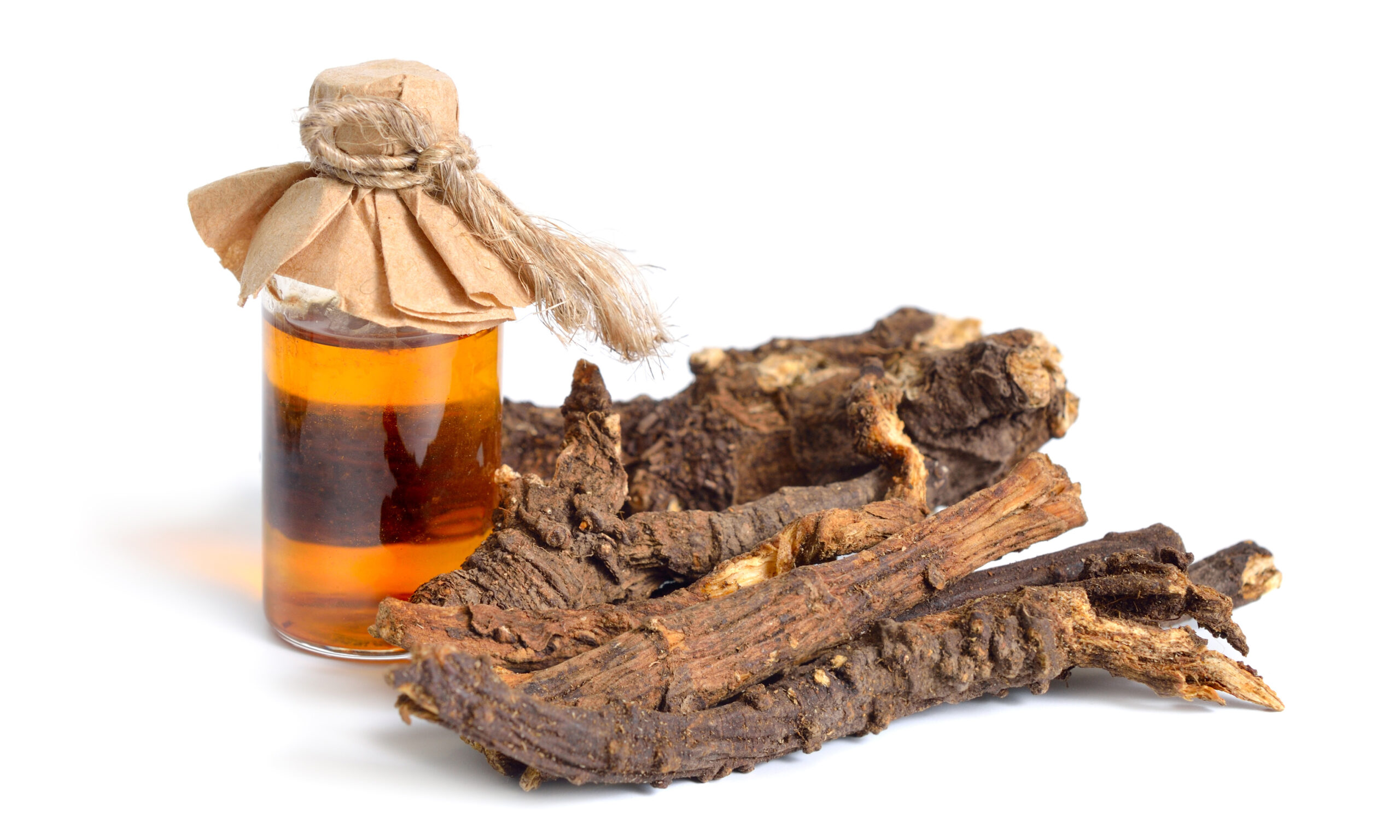
Osha root has become nearly impossible to find because regulators restricted it despite its unmatched power to protect the lungs and immune system.
Of course, you can still harvest Osha but only in small amounts from healthy wild patches. Be careful and only take 10–15% max.
You can use it to open airways, clear congestion, and fight respiratory infections fast. It helps your body respond to viruses, bacteria, and inflammation. Osha root helps your digestion by easing bloating and stomach pain, and may even help protect your liver from oxidative stress. It also shows antimicrobial and antifungal effects, making it useful during cold, flu, or infection. If you struggle with breathing, immunity, or digestion, this root delivers what drugstore remedies often fail to do.
You can click on the map below to check where in your area you can find each of the plants I listed above.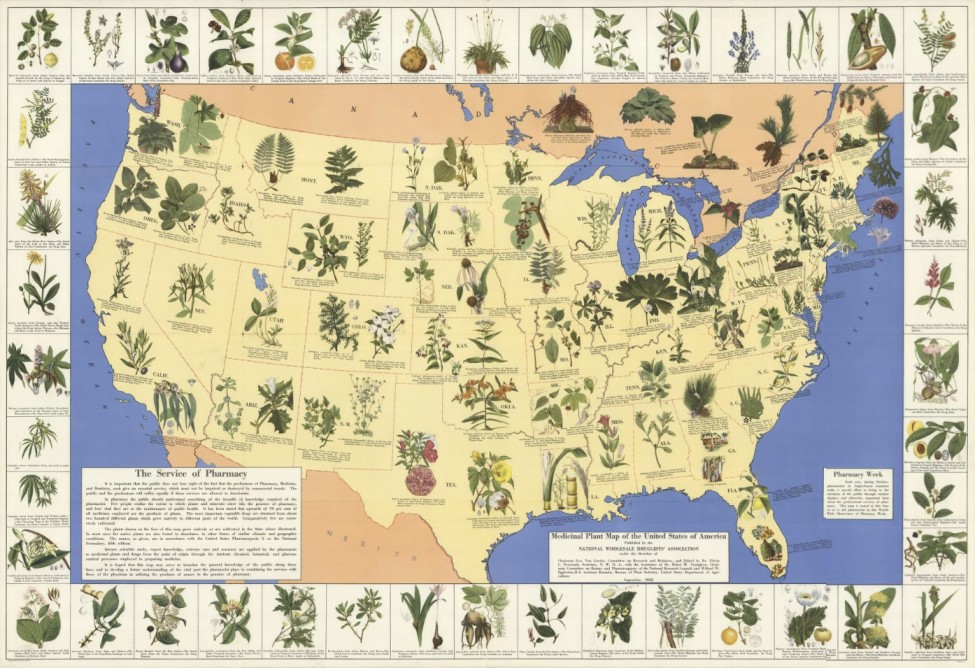
Ephedra (Ephedra sinica)
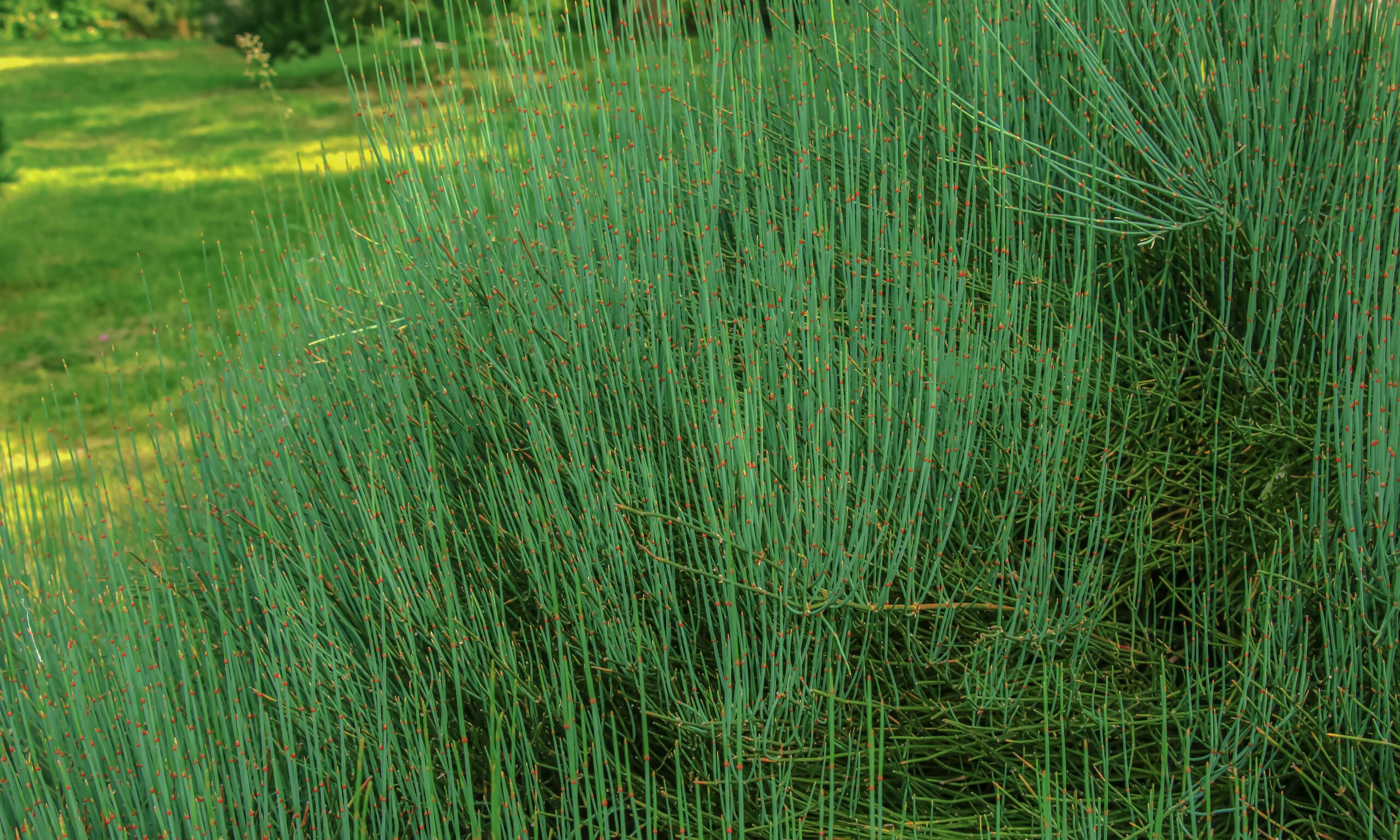
Ephedra, also known as Ma Huang, was banned by the FDA in 2004 after being blamed for a few high-profile incidents—yet traditional healers had safely used it for thousands of years.
Why the ban? Because it worked. Too well. Ephedra is a natural bronchodilator—it opens the airways, boosts energy, and enhances athletic performance. It’s also a powerful fat burner and respiratory support herb, helping you fight colds, asthma, and even seasonal allergies.
Today, the whole herb is restricted in many areas, but it’s still available in milder forms or via closely related species. Just remember: the whole plant offers synergy that synthetic ephedrine lacks. If you feel like your energy or breathing is under siege, this is the one Big Pharma didn’t want you to touch.
Chaparral (Larrea tridentata)

Chaparral was once hailed as a cancer-fighting and infection-busting miracle in the Southwest… until it was abruptly blacklisted for “safety concerns”—a tactic we’ve seen before.
But here’s what’s been buried: Chaparral has potent antioxidant and antimicrobial properties. It may support liver detox, ease chronic infections, and defend the body against abnormal cell growth. Native tribes have used it for centuries for respiratory issues, arthritis pain, and even skin problems.
It’s a tough, resilient plant—and maybe that’s exactly why it got banned. Chaparral refuses to die, and so does its healing legacy. Just make sure you know how to use it properly and avoid long-term internal use without expert guidance.
Final Thoughts
Each of these plants demonstrates a pattern: when nature provides a powerful remedy that can’t be easily monetized, the establishment’s response is often to ban or restrict it under various pretexts. The result is a covert war on natural medicine, leaving the public scrambling to preserve knowledge and access.
That’s why I believe the best time to educate yourself, harvest these plants and the right to information is right NOW. Growing your own apothecary garden of restricted herbs is a revolutionary act in the face of this suppression.
Even The Forgotten Home Apothecary has faced multiple attempts at being banned, simply because it was widely recommended on social media. This physical book covers 250 powerful remedies that can help every part of your body, like The Antiparasitic Flush, The Brain Booster, Nature’s Aspirin, the Amish Amoxicillin, DIY Liquid Morphine, and so many others that are probably going to disappear soon. The author has printed only a small batch this time – here you can find the last copies available. Secure yours before they take it down!






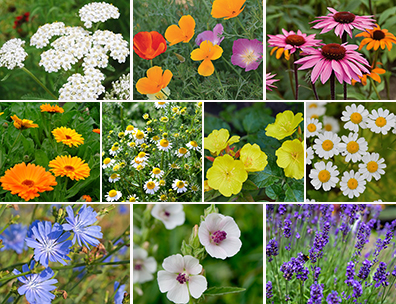
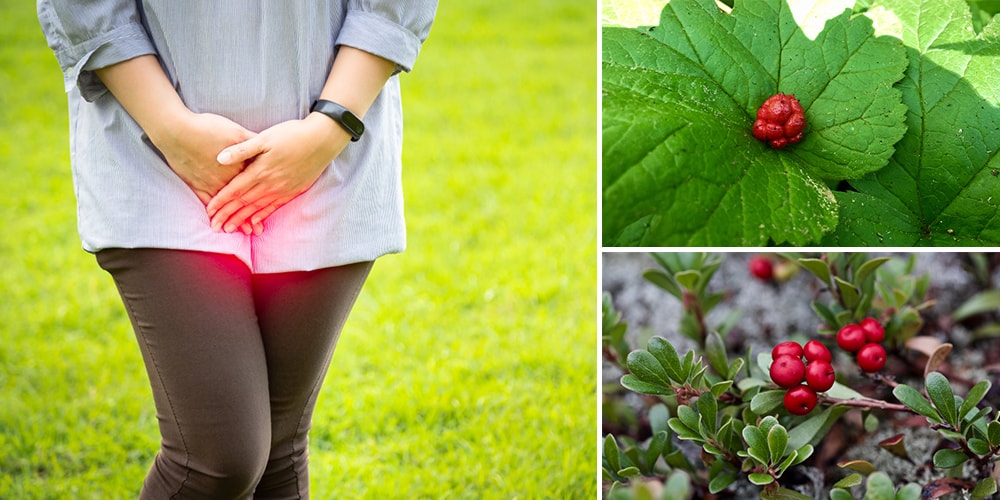


Kava kava info is listed under Garlic Mustard and there are ONLY 5 listed…Not 7 plants where are the other 2?
There is no mention of garlic mustard in this article. You must have read another article. And there are 7 plants listed.
I also saw Garlic Mustard – but in the paragraph, it was then called Kava Kava…so I’m assuming that there was some sort of typo? The email that I receive also has Garlic Mustard…but then goes on to describe Kava Kava.
Wild garlic was mentioned when I clicked on the link yesterday. Why was it taken down?
My mistake, I meant Garlic mustard
I also saw Garlic Mustard – but in the paragraph, it was then called Kava Kava…so I’m assuming that there was some sort of typo? The email that I receive also has Garlic Mustard…but then goes on to describe Kava Kava.